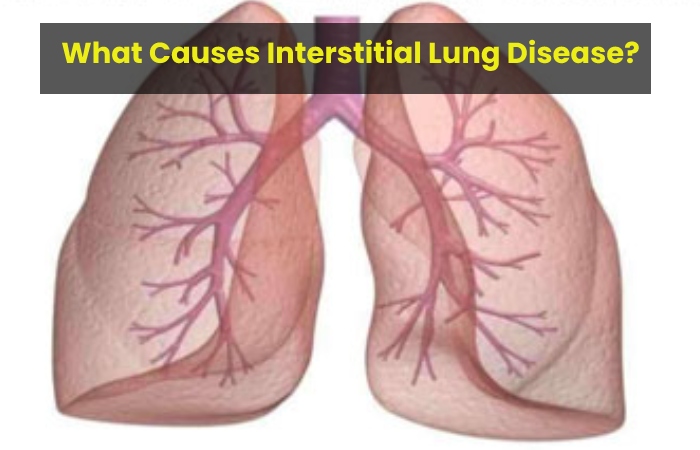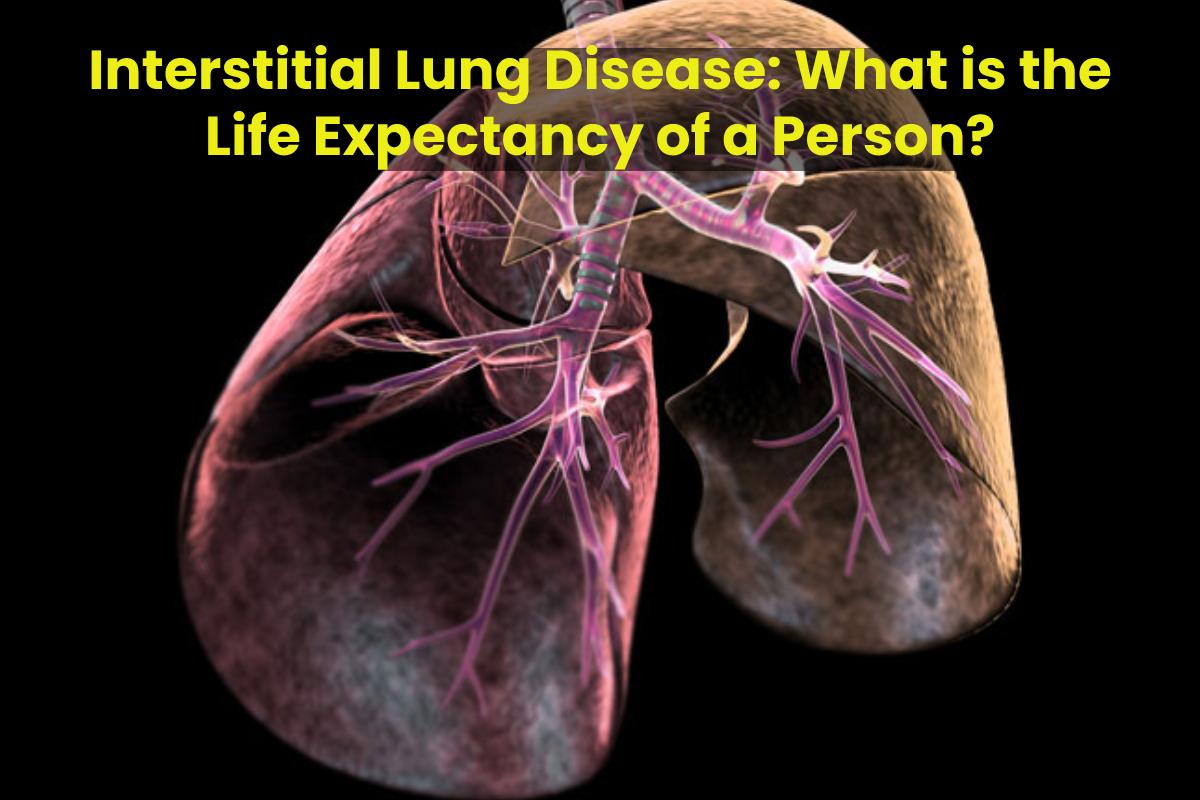The term “interstitial lung disease” (ILD) refers to several disorders that result in lung inflammation and scarring. Shortness of breath and a dry cough are ILD symptoms. Medication, radiation therapy, connective tissue conditions, And also breathing dangerous chemicals can all contribute to ILD. ILD frequently results in irreparable lung damage.
Table of Contents
What is Interstitial Lung Disease?
However, lung disease (ILD) is a group of over 200 conditions that cause inflammation and scarring in your lungs. ILD damages the tissues between the tiny air sacs in your lungs (alveoli) and the blood vessels around them. It makes it harder to change oxygen out of your lungs and into your body. Interstitial lung disease is also called wordy parenchymal lung disease
What Occurs When you Have Interstitial Lung Disease?
When you consume lung disease, shares of your lungs that help oxygen get into your blood and out to your tissues are damaged. Scarring in your lungs makes breathing hard, and you might have a chronic cough. The absence of oxygen can cause your texture to be tired all the time.
When damage lasts to get worse, you can have life-threatening complications, like lung infections and respiratory failure
What did you say are the Symptoms of Interstitial Lung Disease?
Shared symptoms of interstitial lung disease include:
- Shortness of breath that gets worse with workout or exertion.
- Dry coughing.
- Fatigue.
- Chest discomfort.
Symptoms are characteristically mild at first but get worse over months or years. You may have additional symptoms contingent on the underlying cause of ILD.
What Causes Interstitial Lung Disease?

The causes of interstitial lung disease remain usually described as known or unknown. A known cause is ILD because of a condition you’re living with or something you remained exposed to, similar to certain medications, radiation or harmful substances. An unknown cause when you have ILD but don’t have an underlying condition and haven’t been exposed to anything to cause it.
How is Interstitial Lung Disease Treated?
However, there’s no treatment for lung disease. Treatment for ILD usually emphasises treating underlying disease and refining your symptoms. Basically, your healthcare breadwinner might prescribe physical therapy, supplemental oxygen or medication to reduce inflammation or slow down the disease.
What Medications and Treatments remain Used in Interstitial Lung Disease?
Corticosteroids. Drugs like prednisone can help reduce inflammation.
Anti-fibrotic and cytotoxic drugs. These medications can slow down lung scarring. They include azathioprine, cyclophosphamide, pirfenidone and nintedanib.
Biologic drugs. Medications like rituximab remain sometimes used to treat autoimmune diseases and other causes of ILD.
Treatment for GERD. Gastroesophageal reflux disease can make ILD worse, so your breadwinner may prescribe medications to keep stomach acid down.
Pulmonary rehabilitation. Breathing exercises and physical therapy can strengthen your lungs and make breathing easier.
Oxygen therapy. Your provider will recommend extra oxygen if you don’t get enough blood or tissues. The situation remains delivered through a mask or tube in your nose.
Lung transplant. Some people with plain cases of ILD become a lung transplant.
Side Effects of Treatment
Basically, Some actions for lung disease can weaken your immune system. With the uncertainty you take one of these medicines, your provider will screen you closely for problems.
What Can I Expect if I Consume Interstitial Lung Disease?
And also, How you and your healthcare breadwinner manage lung disease depends on the cause. If you have a work-related exposure or allergy, you may have to stop employed with whatever’s causing your ILD or take extra defences.
Though medications help transport inflammation, scarring produced through interstitial lung disease remains permanent. Managing the situation might help prevent further damage if you consume an underlying illness. If the cause remains unknown, your healthcare breadwinner treats your symptoms and tries to avoid extra damage.
How do I Take Care of I with Interstitial Lung Disease?
If you’ve remained diagnosed with lung disease, the best method to take care of yourself is to plan with your healthcare provider to achieve your symptoms and stop further damage.
And also, Treat fundamental conditions, and manage anything that could contribute to ILD (like GERD). You may need to take special defences if you work with substances that can damage your lungs or cause an ongoing allergic reaction.
Conclusion
Numerous different interstitial lung diseases exist. Some cases are minor, while others are grave. Online statistics might be frightening, but only your healthcare professional can explain what to expect in your particular situation. Setting your expectations with your provider might be facilitated by having open discussions. You can create a strategy to reduce your symptoms together.
Also Read: At-Home Anti-Aging Tools for Fighting Aging at Home Effective?

